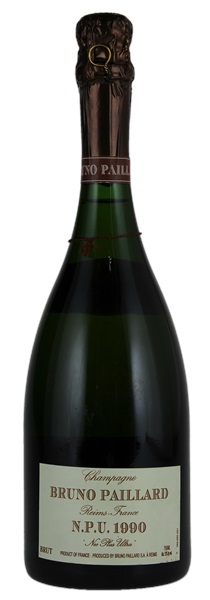Estimate

Its intricate nose displays rich, vinous aromas of hazelnuts, toast, and pears. This is medium-bodied, silky-textured, full-flavored, and complex. Its flavor profile, composed of fresh toasted white fruits...
Dried flowers, whole-grain biscuit and tobacco come to mind with this muscular 1990. There is even a grainy texture along with the spice and oxidative notes, adding to its sense of power. Culminates in a dry, biscuity aftertaste.
Musky, powerful scents of blood orange, redcurrant, toffee and gingerbread. Large-scaled and powerful, with intense orange, poached pear and cherry pit flavors deepened by rich butter, toffee and smoke notes.